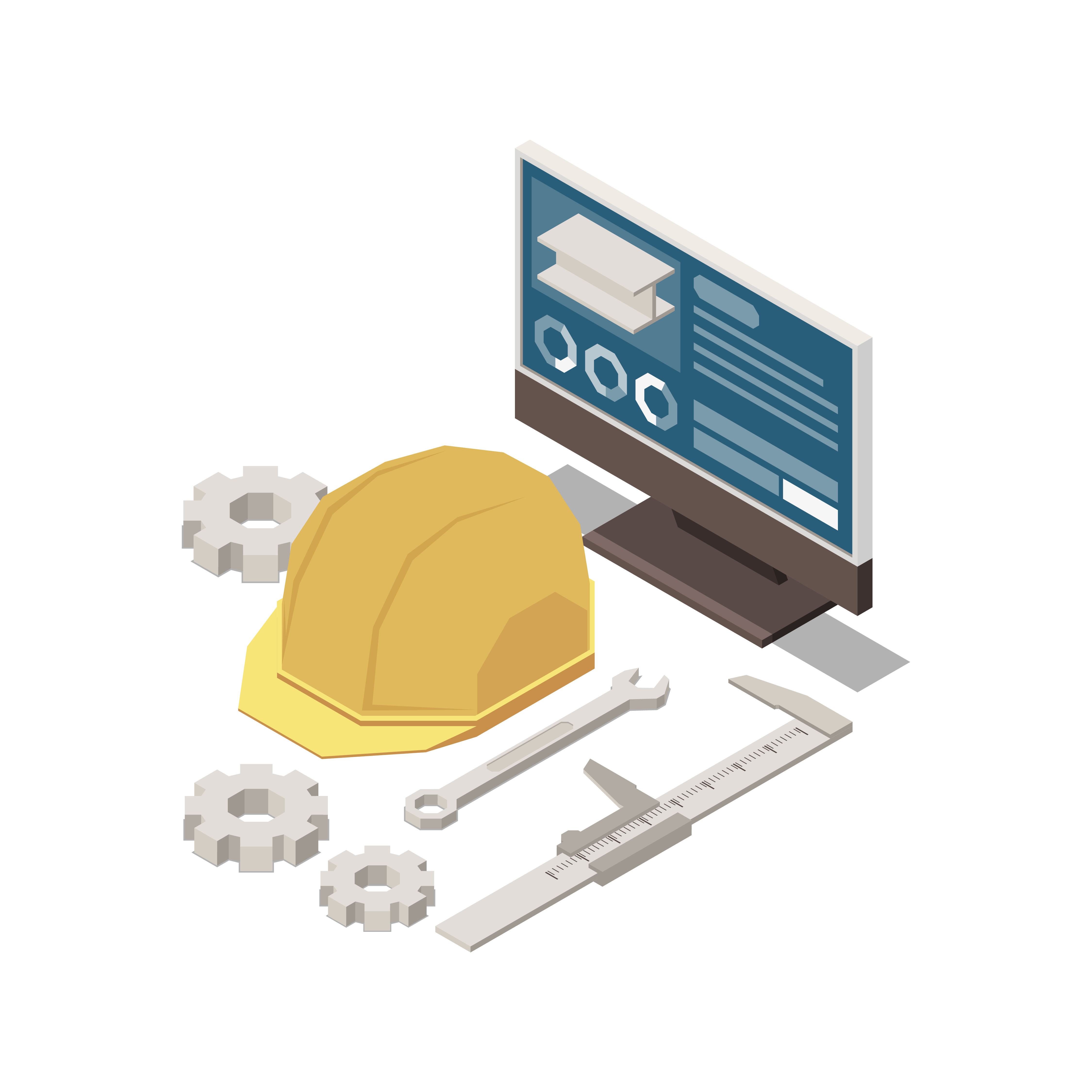Physical address:
573 Hutchinson Ln, Lewisville, TX 75077, USA.
The appeal of remote work for engineers is undeniable. Flexibility, freedom of commuting, and the ability to enjoy a healthier lifestyle all contribute to a desirable work environment. But when the lines between work and personal life become blurred, it can quickly become exhausting. Here we look at strategies specifically designed for remote engineers to create a sustainable and satisfying work-life balance.
Create a remote work haven
The first step is to create a special workplace. You don’t need the whole room. Even a quiet corner can be enough. The important thing is to physically and mentally separate your work and relaxation areas. This trains your brain to associate space with productivity, helping you switch between tasks more effectively after work.
The Power of Everyday Life: A Plan for Success
Working remotely provides flexibility, but a stable schedule is important. Set clear start and end times, mimicking a traditional work environment. This will help you stay focused and prevent work from spilling over into your personal time. Plan breaks throughout the day to avoid fatigue and maintain energy levels. Use tools like a calendar app to stay organized and set aside time for focused tasks and meetings.
Communication: Mastering Asynchronous Collaboration Skills
Remote teams rely heavily on communication. However, constant pings and instant messaging can disrupt your workflow. Use asynchronous communication whenever possible. Delegate tasks, update, and share files with project management tools. Schedule video meetings for important discussions, but encourage written communication to share information and resolve non-urgent issues.
Taming the Tech Tiger: Embracing Automation
By automating many repetitive tasks, you can free up your engineers’ valuable time to focus on more strategic projects. Explore automation tools for data entry, code testing, reporting, and more. Take the time to learn these tools. Your initial efforts will pay off in the long run.
Rest is not rest unless you take it!
Getting away from screens is essential for both physical and mental health. Plan regular breaks throughout the day to get up, move, and recover. Go for a walk, exercise, and eat a healthy snack. Consider something like the Pomodoro technique, which involves working in 25-minute intervals and taking short breaks in between. Beyond the Desk: Prioritizing Physical and Mental Health
Working remotely can lead to a sedentary lifestyle. Make your physical well-being a priority. Schedule time to exercise, whether it’s a short morning run, a lunchtime yoga class, or an evening trip to the gym. Regular exercise improves concentration, reduces stress and improves overall well-being.
Don’t underestimate the importance of mental health. Working remotely can sometimes make you feel isolated. Schedule a virtual coffee break with colleagues, join an online community related to your field, or connect with friends and family for a virtual video conference. Prioritize activities you enjoy outside of work, such as reading, playing a musical instrument, or hobbies.
Setting Boundaries: When to Disconnect
Although flexibility is an advantage, setting clear boundaries with colleagues and customers is essential. Announce your working hours and stick to them. Use features like Do Not Disturb mode on your messaging platform to announce your availability. Train yourself and those around you to adhere to the working hours set for you. Unplugging allows you to make the most of your personal time and recharge your batteries for the next work day.
Open communication with management
Communication with your manager is important. Discuss your desired timeline and scope of work. Please express any concerns you have about work-life balance. A supportive manager understands the importance of a healthy work environment and will work with you to find sustainable solutions.
Remember: it’s the journey, not the destination.
Conclusion
Finding the perfect strategies for remote work-life balance is an ongoing process. Experiment, evaluate what works for you, and adjust your approach if necessary. Don’t be afraid to share your needs with your manager or colleagues. By implementing these strategies and prioritizing your well-being, you can succeed as a remote engineer and achieve a satisfying balance between your professional and personal life.
Visit our linkdein account https://www.linkedin.com/company/telerelation/
Read more blogs


